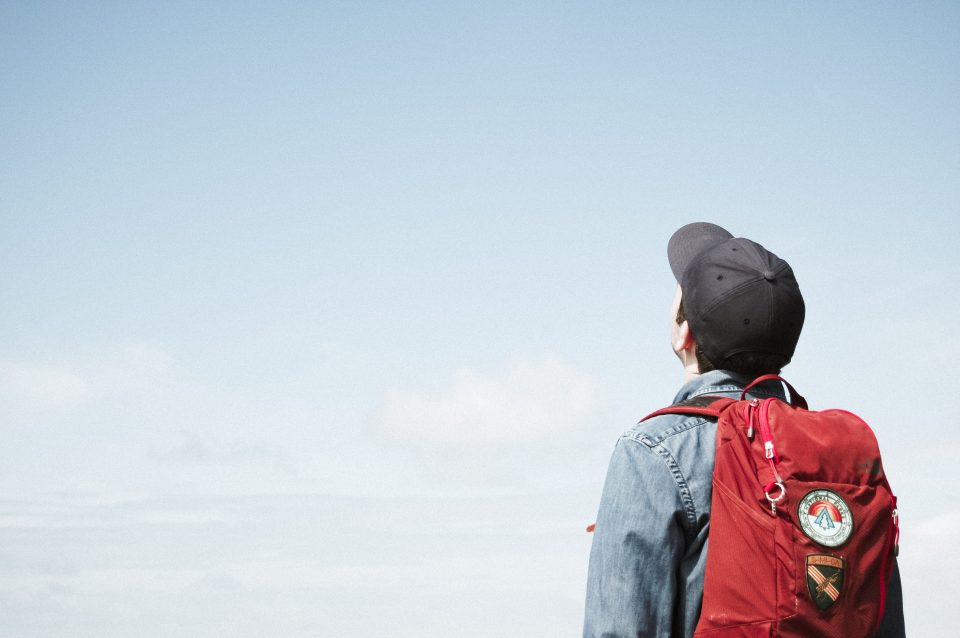The online learning saga has been too long with us, or so it may feel.
It all started back in March 2020 after the Indonesian government announced the first two COVID-19 positive cases in the country, detected in the same month. Most schools were not comprehensively prepared for such an unprecedented change in the style of offering lessons. Talks started with Zoom, MS Teams, Google Docs, and a number of other online apps that would become the norm by replacing the physical classrooms, the whiteboard, textbooks, pens and pencils. Many who thought that it was a temporary adjustment to meet the requirements of the conditions revised their understanding and got ready to face an inevitable change – from real to virtual.
While online learning has not been easy for both teachers and students, it has brought about several benefits that should stay with us for a long time. High school students preparing for final exams came under heavy pressure, forcing them to be more responsible and attentive during lessons. There was solid evidence of peer pressure coming under check as many started shedding their inhibitions and fluently expressing their ideas. In a real classroom situation, teenagers’ attitudes are often driven by peer pressure, however, when lessons went online, more of them started participating in discussions, responding to questions more confidently than they would do sitting at their desks. Nevertheless, it must be noted that online lessons for children under eight years old presented a different story. Here is where many parents struggled to keep education sustained in the comfort of home.
What’s more, online learning opened up new possibilities for enhancing technological know-how. The shaky start, in the beginning, was characterised by ignorance of app maneuvres, practical challenges in administering live lessons and conducting online assessments. As these continued into some valuable months, users realised the importance of mastering the art of online learning. Novices started to upgrade their knowledge of handling different buttons, using breakout rooms, designing and doing assessments using apps, among a number of other features. To a great extent, the real classroom experience was given a respectable makeover, making sure normality was not completely obstructed.
If this is an interregnum we have undergone, or are still going through, then we will have to prepare for a homecoming in the near future. Getting back to school after holidays is not something teachers and students are unfamiliar with, but this return may be equated with an astronaut returning to earth and attempting to set his or her feet firmly on solid ground. It will involve speaking through masks, reinventing social establishments within classrooms whilst social distancing, holding a pen and using paper after months of typing, and on top of it, keeping the spirit of teaching and learning alive while following health protocols.
Now is the time the teachers and the taught need to get their priorities set before getting back to classrooms. Achieving continuity must be one of the first items on the agenda. It would be a good idea to start with a few lessons dedicated to a detailed recap of the topics and skills covered during home learning. The pace of the lessons must have been slower than usual in most schools, however, rushing into units in order to finish the syllabus before the end of the academic year would be a bad move. A list of topics and skills must be planned and prepared in advance to form a realistic picture of what can be taught and learned. This must also reflect the structure of the major assessment students would usually take every year.
Students will no doubt require more preparation for a comeback than teachers. They should start working on regaining the routine that sees them off to school early morning, being fresh and mentally ready for tasks and discussions. Some schools have been strictly asking students to wear uniforms during online lessons and this is one of the first steps that can pave way for a smooth comeback. Group and extra-curricular activities may be put on hold for a while, but blended learning – half face-to-face, half online – should be able to make sure that students have plenty of opportunities to communicate and interact with peers and teachers.
Parents of kindergarten and elementary children have a more challenging role to play. Kids sitting in front of a PC monitor and trying to listen to their teachers are not the same as teenagers following instructions from their teachers online. Consistent assistance and handholding methods are the need of the hour as far as tiny tots’ education is concerned. Going back to school might be delayed for this age group; virus cases are still going up and wary parents would definitely like to stretch the current trend a little bit more. Having said that, they should prepare enough activities for their children within the house and at less crowded places like botanical gardens and agricultural farms to follow up with the lessons from their teachers.




